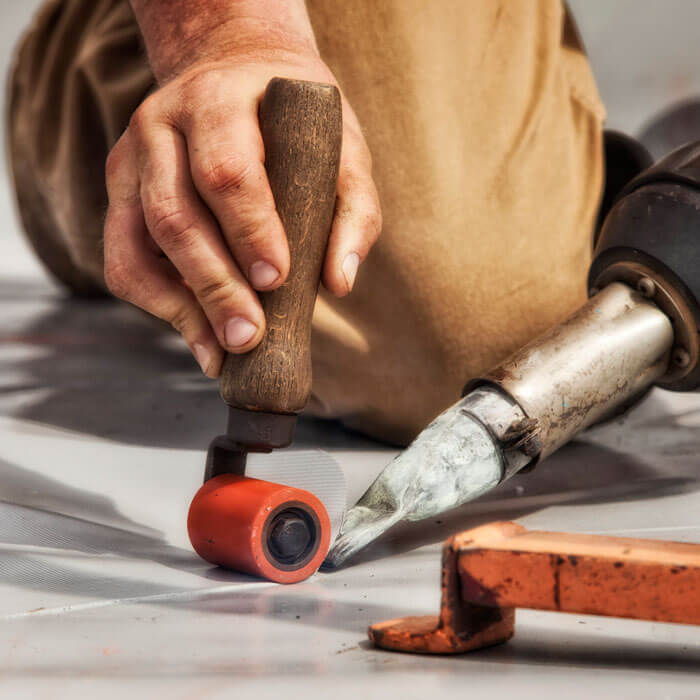Commercial Roof Maintenance
Better Protect Your Business and Extend Your Roof's Life
Routine Roof Maintenance in Kentucky and Beyond
Get the most out of your business's roof with commercial roof maintenance solutions in Kentucky and the surrounding states. Exceptional Roofing LLC offers comprehensive roof maintenance solutions for every commercial roofing type. Throughout our 20 years of service, we've perfected a comprehensive inspection method that allows us to accurately assess your roof and recommend the necessary repairs.
Schedule Now
Professional Roof Maintenance Services
Routine commercial roofing maintenance is critical for maintaining the quality of your roof and extending its lifespan. Your roof is designed to handle the toughest weather conditions. However, over time, it will begin to degrade. Routine maintenance allows us to assess your roof's condition before small issues become more significant problems. When you choose our licensed roofing professionals, you can expect high-quality services:
Assessment – We thoroughly evaluate your business's roof to ensure it's in good condition and monitor any defects.
Recommendations – We will quickly and accurately identify issues and recommend potential solutions during the assessment.
Cleaning – We'll remove debris, dirt, and moss to prevent damage and enhance the aesthetics of your commercial roof.
Gutter Cleaning – Proper gutter drainage is essential to maintaining your roof. We'll ensure it's clear of debris.
Biannual Inspection – We typically offer biannual inspections at the end of spring and fall to assess the health of your roofing system.
Communication – We are committed to providing clear communication and transparent documentation throughout the process.

Protect Your Investment With Routine Maintenance
Improve the performance and longevity of your roof with professional roof maintenance services from the experts at Exceptional Roofing LLC. Our proactive approach will help you save money over the lifetime of your roof by preemptively dealing with common roofing problems, including clogged gutters, debris buildup, and more before they lead to significant issues. Learn more about our maintenance contract program.
Professional Commercial Roofing Leader
Trust Exceptional Roofing LLC for comprehensive commercial roofing solutions, including repair, replacement and maintenance. We have the skills, tools, and experience to handle projects of any size.
Schedule Today
